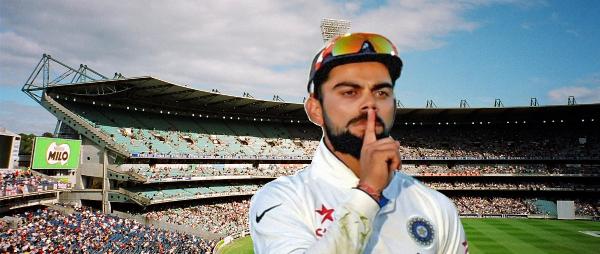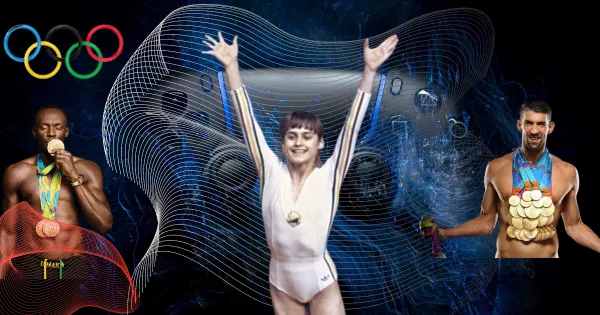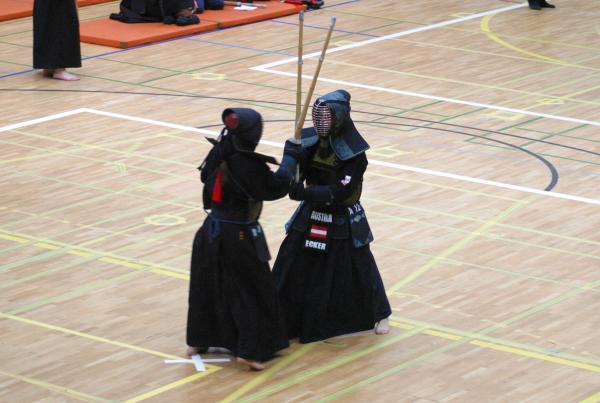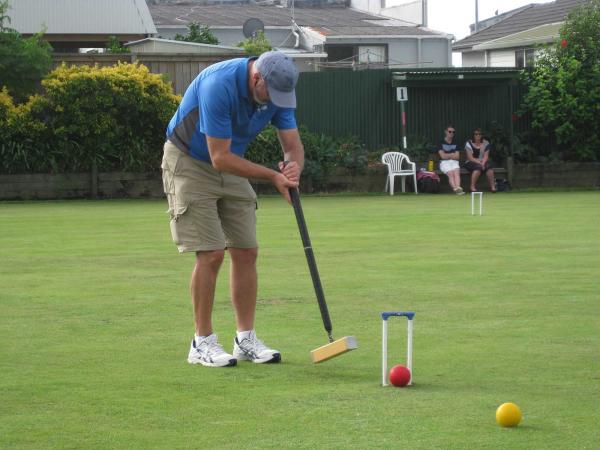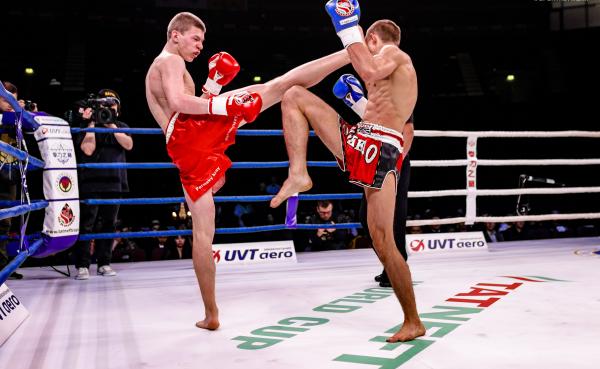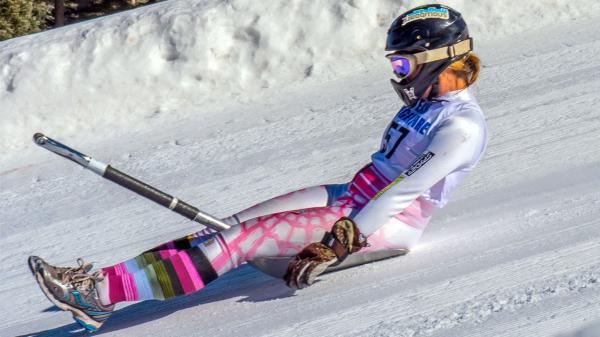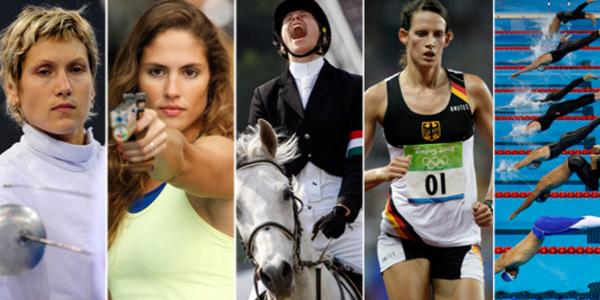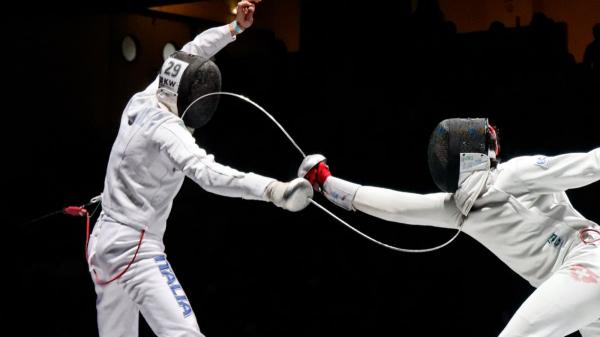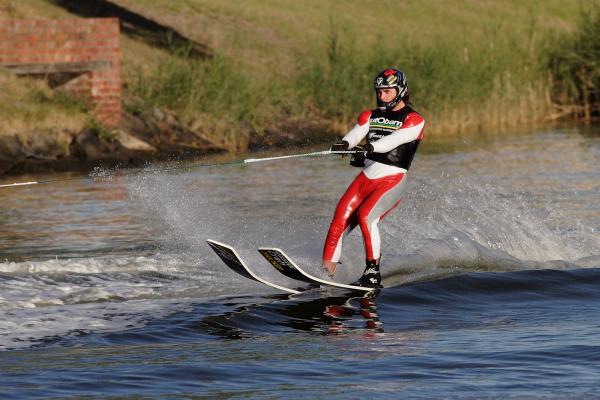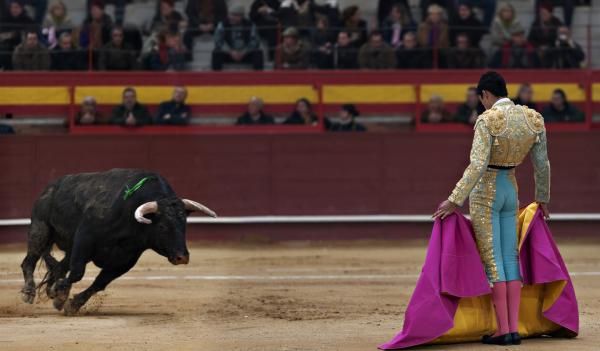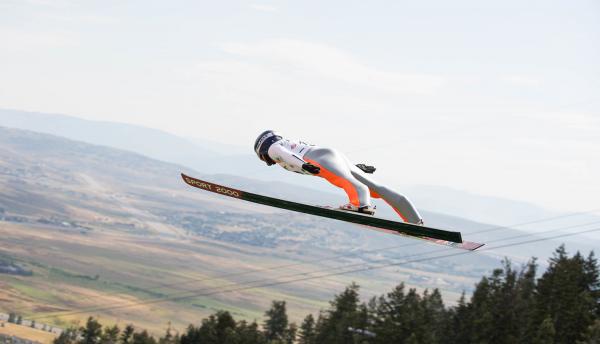Cheerleading
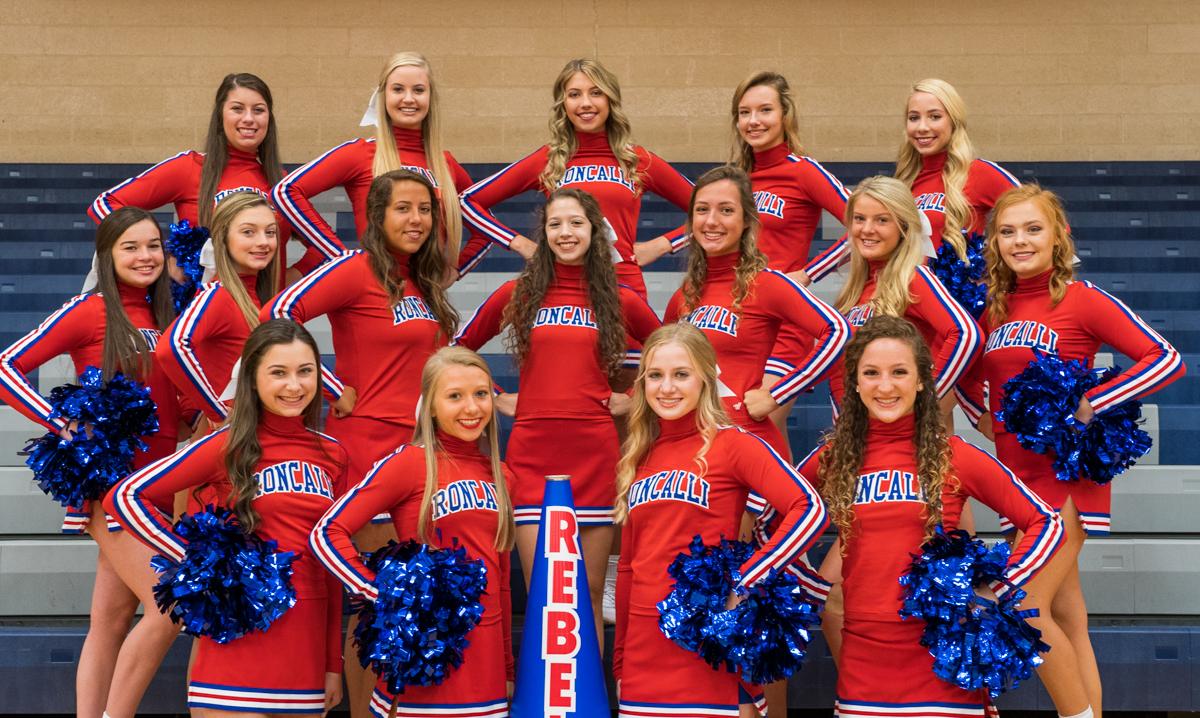
Cheerleading, team activity in which elements of dance and acrobatics are combined with shouted slogans in order to entertain spectators at sporting events and to encourage louder and more enthusiastic cheering. Once exclusively a sideline activity geared toward supporting school sports, cheerleading has gained recognition as a sport in its own right and often operates outside the school context altogether. Cheerleading has long been considered an iconic American activity symbolizing school spirit, leadership, youthfulness, and sex appeal. The southern United States (including Texas) is usually considered the heart of modern cheerleading, although the activity is well established throughout the United States as well as abroad, having gained a foothold in countries around the world. History Of Cheerleading Although cheerleading is today predominantly associated with femininity, the original cheerleaders were men. Cheerleading was connected to the emergence of gridiron football at Ivy League colleges and universities in the United States in the mid-1800s, and the growth and formalization of cheerleading paralleled that of football. Over the latter half of the 19th century, as attendance at college games grew, large stadiums were constructed, and spectators were distanced from the playing field. Cheerleaders—or “yell leaders,” as they were then called—led cheers from the sidelines both to encourage the spectators and to serve as a form of crowd control. By the 1920s cheerleading had become a formal extracurricular activity for boys in high schools, colleges, and communities across the country, related to but distinct from other spirit programs such as marching bands, drum corps, and drill teams. As ambassadors for their schools and communities, cheerleaders were associated with such character-building traits as discipline, cooperation, leadership, and sportsmanship. Women and people of colour were excluded from the private all-male schools where collegiate sports and cheerleading first developed, but many state-supported institutions began to admit women at the turn of the century, opening the way for their participation in sporting events. Women began joining cheer squads during the 1920s and ’30s as collegiate sports proliferated and men and women began socializing more in public. A separate cheerleading tradition evolved within black educational institutions during the same period, with a similar emphasis on character building and leadership. Overall, however, cheerleading remained an overwhelmingly white enterprise, and evidence suggests that it became even “whiter” after desegregation, because the total number of black schools diminished and black students were rarely elected as cheerleaders in the newly integrated, predominantly white schools. It was not until the 1960s and ’70s, well after scholastic athletic programs had diversified, that cheer squads began to reflect the ethnic and racial composition of schools. That shift was in part the result of protest activity on the part of black and Latino students.
